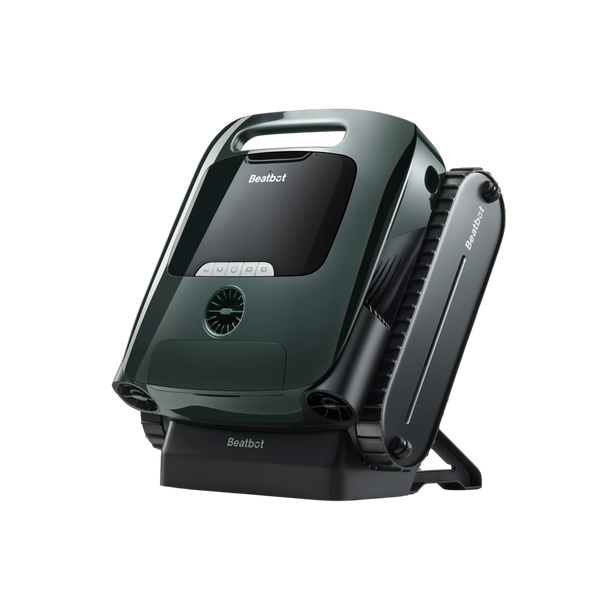How to Clear Cloudy Pool Water? Effective Methods You Need to Know
Introduction: The Turbidity Conundrum
Everyone dreams of having a sparkling pool surface, but turbid pool water can turn your pool into a stinking ditch that no one likes. If you don’t want to see this happen, you have to learn how to combat this phenomenon yourself. It sounds troublesome, but trust me, it’s easy to understand and you don’t need to hire a professional to do it yourself. In this article, we will walk you through this dilemma.
Table of content

Understand the causes of cloudy pool water
Poor filtration: The silent culprit
The filtration system is like the kidney of your pool, and keeping it functioning well is the key to clear pool water. If your filter is clogged or malfunctioning, it will not be able to remove the microscopic contaminants that cause turbidity: all kinds of tiny debris will stagnate in your pool water, so be sure to check and clean the filter regularly to prevent malfunctions and aging. Reduced efficiency to ensure efficient operation.
Chemical imbalance: The pH factor
Imagine soapy water and the color of a park ditch! Isn’t it also turbid and unwelcome? Pool chemistry is extremely important, and imbalances in pH, alkalinity, and calcium hardness can cause cloudy water. Make it a habit to check regularly! By ensuring the correct pH, alkalinity, and disinfectant levels, you can prevent any circulation issues caused by chemical imbalances.
Environmental contaminants: Uninvited guests
The enemy can sometimes come from the outside, too. Debris, pollen, dust, and other airborne particles can settle in the water, causing cloudiness. Swimmers can also carry dirt on their bodies and swimsuits, which then enter your pool with the current. These tiny particles are often too small to be effectively captured by standard pool filters.
Effective Ways to Clear Cloudy Pool Water
Check your filtration system: the heart of clarity
A well-functioning filtration system is key to keeping your pool water clear. If your filter is clogged or malfunctioning, it won’t be able to remove the tiny contaminants that cause cloudiness. Check and clean your filters regularly to ensure they are operating efficiently. Also, make sure they are always on to keep the water flowing.
Balancing Pool Chemistry: The Alchemy of Clear Water
Measure the pH, alkalinity, and chlorine levels in your pool using test strips or a liquid test kit. Adjust these levels as needed using pH increasers or reducers and alkalinity balancers. Properly balanced pool water chemistry is essential to maintaining clear, inviting water.
Using Pool Clarifiers: Binders
Pool clarifiers are effective at addressing slightly cloudy water by binding tiny particles together, making them large enough to filter out. Add pool clarifiers after the water has circulated and the chlorine shock has dissipated. Run the filter continuously while using clarifiers and expect to see results in 48-72 hours.
Debris Removal and Vacuuming: Physical Cleaning
Debris removal is essential to keeping pool water clear. Use tools such as skimmers, pool brushes, and vacuums to remove visible leaves and dirt. Avoid using automatic pool cleaners to clean cloudy water, as they will not properly absorb fine debris.
An Unbreakable Line of Defense: Reduce External Contamination
Anything in the outside environment can pose a threat to your pool, so it’s a good idea (and in some places, it’s your obligation) to keep your pool covered when not in use. You can also disinfect your swimsuit before getting in the water.
Conclusion: A Clear Path Forward
By understanding the causes of pool water cloudiness and implementing these effective methods, you can restore pool clarity and maintain a safe, pleasant swimming environment. Regular maintenance and proper chemical balance are essential to preventing future cloudiness.
Relative Blogs
About the author



















